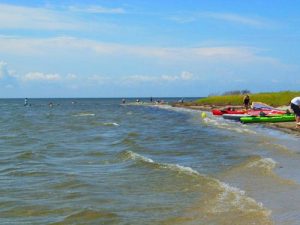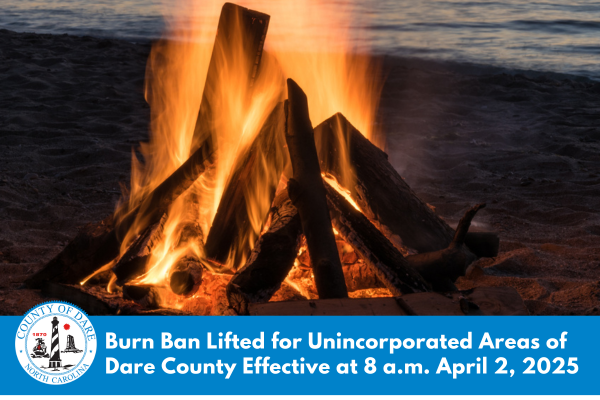Excessive rains, flooding from Hurricane Dorian may cause high bacteria levels in coastal waters
 State recreational water quality officials are advising the public to avoid swimming in all coastal waters of North Carolina following Hurricane Dorian.
State recreational water quality officials are advising the public to avoid swimming in all coastal waters of North Carolina following Hurricane Dorian.
“Severe weather events like hurricanes can bring excessive amounts of rain and cause extreme flooding. These conditions increase levels of harmful bacteria in our coastal waters that can cause illness,” said Erin Bryan-Millush, manager of the N.C. Recreational Water Quality Program. “The source of bacteria varies from failing septic systems, sewer line breaks, overflowing manholes and wildlife.”
While state officials will not have immediate laboratory confirmation that disease-causing organisms are in the water, there is an increased chance that contamination will be present following the storm, and those swimming in these waters have an increased chance of adverse health effects.
Residents and visitors should avoid swimming in all coastal waters until testing indicates bacteria levels meet state and federal standards. Testing will begin as soon as conditions are safe to do so and areas are accessible. The advisory will be lifted in part or in whole as test results become available.
Recreational Water Quality officials test for enterococci, which is a bacteria group found in the intestines and fecal matter of warm-blooded animals. While it is not known to cause illness, scientific studies show that enterococci may indicate the presence of other disease-causing organisms such as e-coli, salmonella, norovirus.
Because waters affected by the storm likely will be widespread, signs will not be posted.
Recreational water quality officials sample 209 sites throughout the coastal region, most of them on a weekly basis from April to October. Testing continues on a reduced schedule during the rest of the year, when waters are colder.
For more information on the N.C. Recreational Water Quality Program, visit the program’s website, view a map of the testing sites, and follow the program’s Twitter feed.













